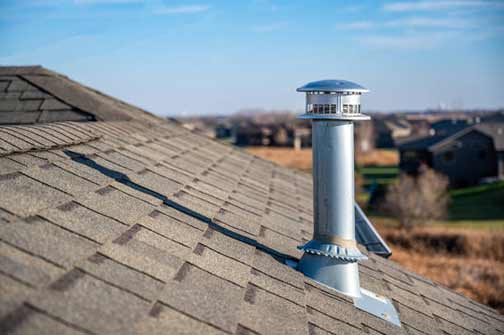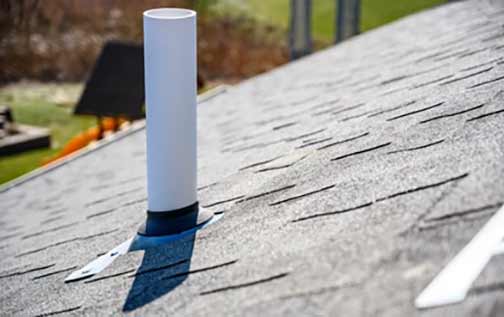
Plumbing vents play a vital role in the function of your plumbing. By allowing air into the pipes while providing a pathway for sewer gases to escape harmlessly into the atmosphere, they maintain proper air pressure within the system and keep sewer gases out of your home.
But according to Bowen Property Management, sometimes the plumbing vent pipe will become blocked, leading to the following plumbing problems in your home.
Signs of a blocked plumbing vent
Slow-draining plumbing fixtures
If sinks and other fixtures are draining slowly, it could be a sign that the plumbing vent is blocked. Trapped air inside your drainpipes will force the water flowing into the drains to slow down. If more than one drain in your home is slow, the problem is not caused by clogs inside the drain pipe. It is more likely to be due to a blocked plumbing vent pipe.
Gurgling/bubbling sounds from your drains
These sounds occur when trapped air inside the drain and sewer line forces its way out through the plumbing fixtures in your home. Normally, when water enters the pipes, it should displace the air inside the pipes, forcing it to escape through the plumbing vent. But if the vent is blocked, that air will be trapped and must find a different way out of the pipes.
Smell of sewer gases inside your home
Bad odors from your drains can be a sign of blocked plumbing vents. Sewer gases form when human waste decomposes. These gases collect inside the drainage pipes until they can find a way out through the plumbing vent. If the vent is blocked, these foul-smelling sewer gases will escape into your home through your drains.
Backed-up drains
If air is trapped inside your drainage system and cannot escape, it may prevent water from flowing into the pipes. This will cause wastewater to reverse direction inside the drain lines, flowing into the plumbing fixtures in your home, instead of out of them. You may notice this problem in your tub, shower, and floor drains every time you run a faucet or flush the toilet.
Fluctuating water levels in the toilet
A blocked plumbing vent can also cause the water inside the toilet bowl to change levels erratically. This is caused by changes in air pressure within the system that serve to push the water level upward or suck it downward at various times. This problem often happens when you use the other plumbing fixtures in your home.
Water hammers in your plumbing
A clogged plumbing vent can cause or worsen the problem of water hammers in your water pipes. Water hammers are the loud banging noises you hear in your plumbing each time you turn off a valve or faucet suddenly. By creating air pressure imbalances within the pipes, clogged plumbing vents may cause water hammers in your home.

How to diagnose and fix a clogged plumbing vent
To test if your vent pipe is blocked, use the “Suction Test.” Here is how to do a suction test:
- Locate the plumbing vent pipe on your roof; it should be above the bathroom
- You or someone else should hold their hand over the vent opening
- Let someone in your home flush the toilet
- You should feel suction as air is pulled into the pipe when the toilet is flushed
- If there is no suction, your vent pipe is blocked
Professional plumbers also have several advanced methods for testing if a plumbing vent stack is blocked. To clear the clog inside the plumbing vent pipe:
- Remove the cap of the plumbing vent and look inside it with a flashlight. Hopefully, you will be able to see the blockage
- If the blockage is within reach, remove it by hand. Remember to wear rubber gloves and follow safety measures while doing this
- Alternatively, if the debris is out of reach, use a drain snake. Extend the snake into the pipe until it touches the blockage, then turn the handle to break up the obstruction
- If the snake doesn’t remove all of the debris, use a garden hose to flush the pipe and get the rest of the debris out
- If the blockage is too far down, you can unclog the pipe from inside your home. Typically, you have to do this from the attic, and the vent pipe must be made of PVC
- Locate the section of the plumbing vent above the kitchen or bathroom, cut a hole in the pipe, and insert the snake upwards or downward, depending on the location of the clog
- Run the snake to remove the clog and repair the cut section in the pipe
If the obstruction inside your vent pipe is a dead animal (maybe, a large object) or you have done all the steps above but the vent pipe is still blocked, please call a professional plumber. You should also call a professional plumber if your roof is slippery, too steep, or you don’t feel confident about trying to unclog the vent pipe yourself.

